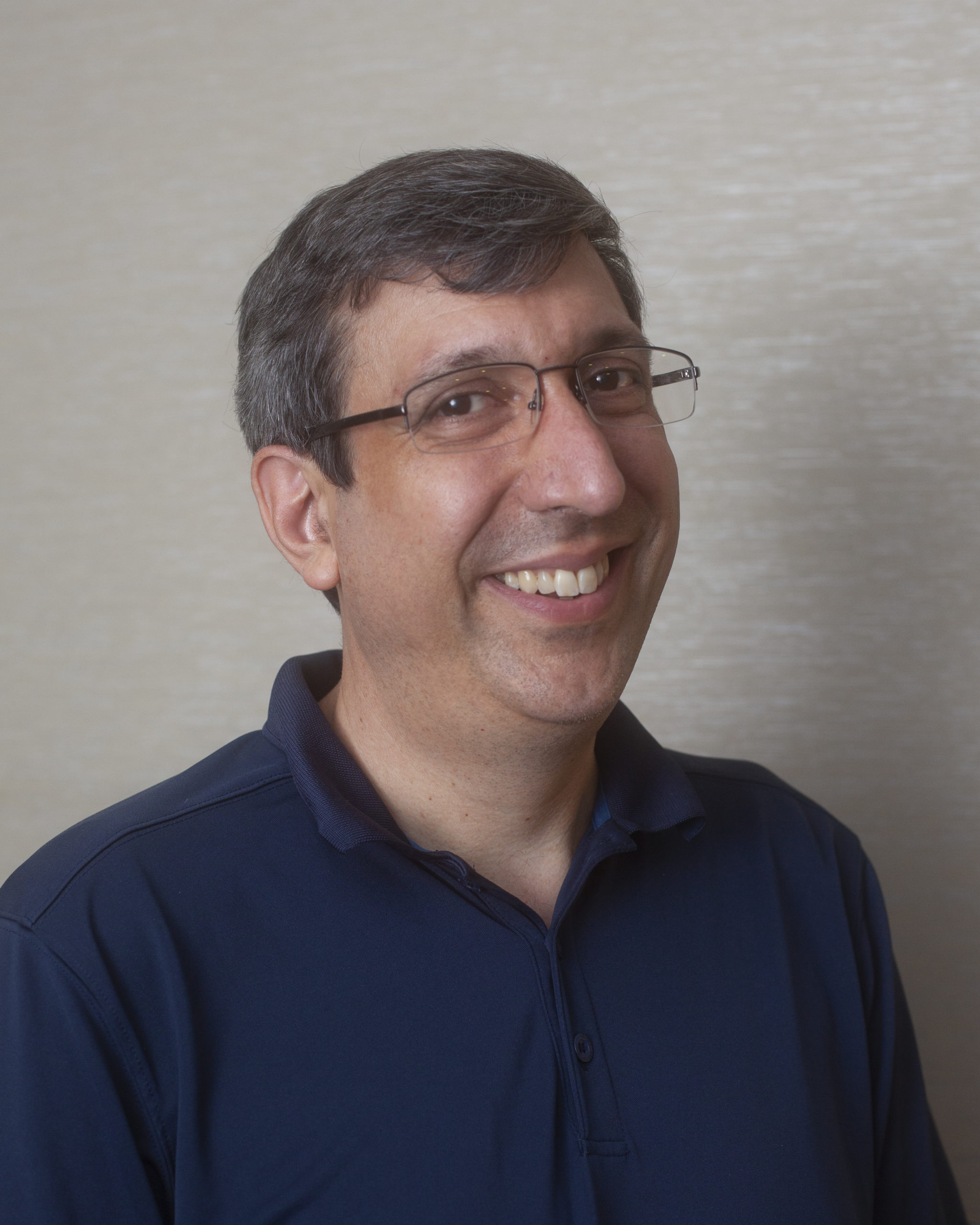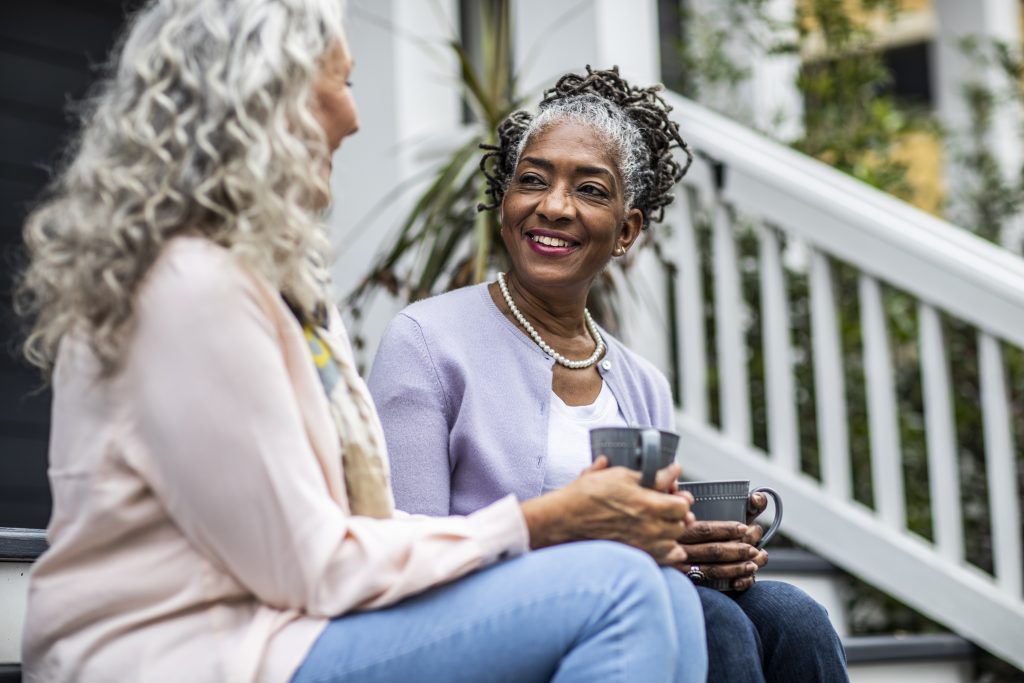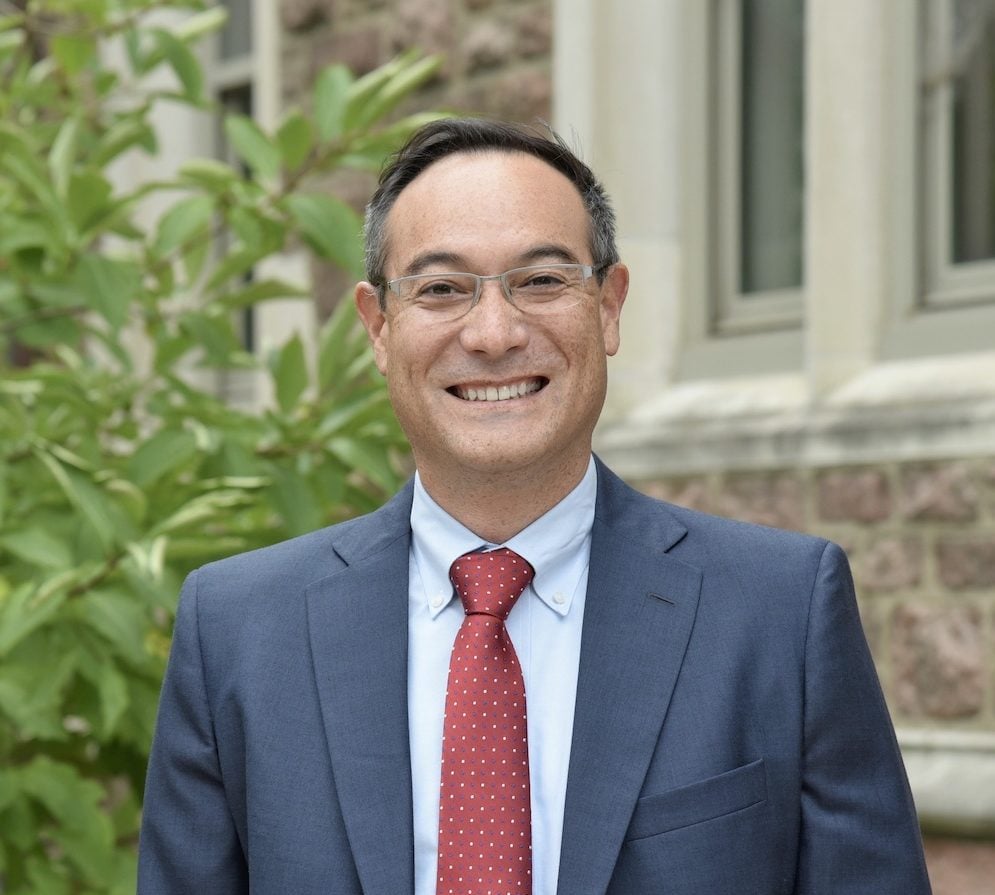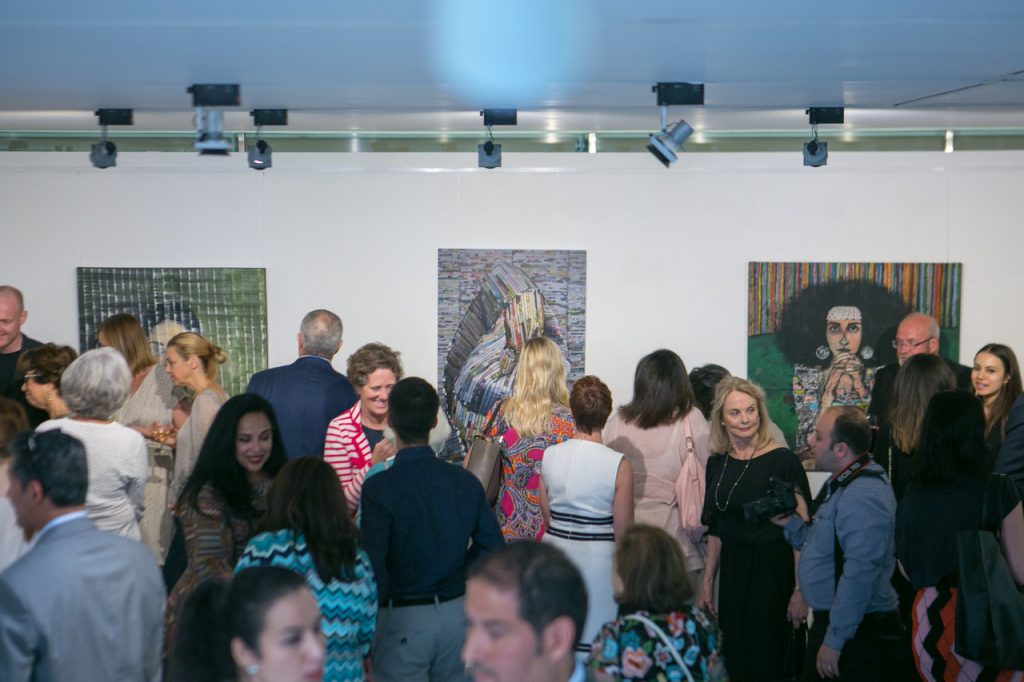Hey There, Unsung Heroes of Interfaith Outreach: Can We Help?
March 18, 2022

In 2002, I was an idealistic 29-year-old living in a cosmopolitan neighborhood on the north side of Chicago. I had been learning about the power of interfaith leadership from a friend of mine, Eboo Patel, and I was eager to begin leading. At that point, just a few months after the 9/11 attacks, there was no handbook for interfaith leadership. So, I improvised. I connected a Catholic youth group with a senior center of mostly Russian Jews. Eboo made sure that a group of young Ismaili Muslims participated as well. Together we shared an afternoon of cultural exchange, including dance, music, art, and food. It was IFYC’s first official program in Chicago.
Today, emerging leaders with a passion for interfaith get the guidance they need from the Interfaith Youth Core, and the organization now known as IFYC has extensive resources to help. However, the landscape of interfaith encounter is evolving. It is as likely that a white Evangelical and a Somali Muslim find each other at a meatpacking plant as on a college campus, or in a hospital emergency room, or at a prayer vigil for Ukraine. The kind of interfaith bridges to be built today need to span geographies, economic sectors, and social barriers in ways I couldn’t imagine 20 years ago at that senior center in Chicago. We need bridgebuilders that come from the new landscape and know it intimately.
In my new role as Senior Fellow at IFYC, I will be scouting emerging interfaith leaders, bridgebuilders in communities that may not be on the map for any of the established interfaith organizations. I’ll be working with a team at IFYC that can support these leaders with training, coaching, networking, and in some cases modest financial support.
Being a musician, I’ve looked to one of America’s pluralist heroes to inspire this work: Alan Lomax. Lomax was a folklorist who crisscrossed the country with a car trunk full of recording equipment, looking for musicians that were deeply American but not on the radar screen of the conventional music industry. He introduced many artists that we know today to the broader American public – Woodie Guthrie, Leadbelly, and Jelly Roll Morton to name a few. He recorded people making music on front porches and in town squares, finding genius where no one else was looking for it. Like Lomax, we want to introduce America to a hidden side of itself, a full array of the country’s own beauty and diversity.
Lomax not only scouted musicians, he recorded them. The act of producing media was in itself transformative, not only for the public that got to hear it, but for the performers themselves. Muddy Waters, after hearing himself recorded for the first time, made the decision to become a blues musician. He said “But when Mr. Lomax played me the record I thought, man, this boy can sing the blues.” Muddy moved north, created the Chicago Blues sound, and laid the cornerstone for the music that would become rock ‘n’ roll. Like Muddy, we want emerging interfaith leaders to catch a glimpse of their own potential. We will produce digital media in which these leaders can tell their own stories. We know that when we find them, some may not even use the word “interfaith” to describe their efforts. We hope through the program that they can begin to see themselves as the heroes of American pluralism that they really are.
For this work to succeed, we need your help.
Together, we’ll find the bridgebuilders of the new interfaith America, from California to the New York Island.
Share
Related Articles
American Civic Life
American Civic Life
Higher Education
What Does Interfaith Engagement Mean from an Evangelical Perspective?

Jeff Pinzino
Jeff Pinzino has spent more than 25 years working for social change as a community organizer, funder, fundraiser, and social entrepreneur. He has worked with People’s Action, Illinois Coalition for Immigrant and Refugee Rights, Midwest Academy, and Resilience Force, an organization that supports disaster recovery workers. He is one of the founders of Stone Soup Co-Op, Interfaith Youth Core, Fresh Moves Mobile Produce Market, and Chicago Blues Revival. He lives on the South Side of Chicago and is a member of Beverly Unitarian Church.



